The 'Dreaming', or the 'Dreamtime', is an oral history of the world and its creation, shared by Aboriginal and Torres Strait Islander people. Passed down through generations, these stories commonly feature characters who display undesirable behaviours, and face retribution because of it. In this way, the Dreaming illustrates rules for living and interacting with the natural environment.
Jukurrpa
'The Dreaming' is an English approximation of an Aboriginal and Torres Strait Islander concept. This is known as Jukurrpa in the Warlpiri language of Central Australia, though has different titles for different language groups. Dreamtime stories are linked to specific places, for example landmarks, bodies of water, and the stars.
'The Dreaming' is considered a vastly inadequate translation of Jukurrpa, a concept which is foreign to English-speakers due to its complexity and non-finite nature.
Indeed, in his 1956 essay 'The Dreaming', the Australian anthropologist W.E.H. Stanner says:
"A concept so impalpable and subtle naturally suffers badly by translation into our dry and abstract language."
Moreover, labelling it 'the Dreaming' may evoke fantastical imagery, disrespecting the complexities of the original concept:
"These tales are neither simply illustrative nor simply explanatory, they are fanciful and poetic in content because they are based on visionary and intuitive insights into mysteries; and, if we are ever to understand them, we must always take them in their complex content."
Everywhen
The Dreamtime did not only take place at the beginning of time - it encompasses the past, present, and future. As a holistic philosophy grounded in the very earth itself, it cannot be consigned to a past people. It is an integrated way of life that the Warlpiri people believe in to this day.
Stanner coined the term 'everywhen' to describe this idea:
“One cannot ‘fix’ The Dreaming in time: it was, and is, everywhen.”
Narratives
The stories may differ from place to place, but they have common features. For example, many genesis narratives feature Ancestral Beings, who created everything - animals, plants, rocks, and land formations - as they moved through the land in human form. They also created a system of relationships between the individual, the land, animals, and other people. The Ancestral Beings are models for human and non-human activity, behaviour, ethics and morality.
Stanner explains that there is a:
"Constant recitation of what was done rightly and wrongly in the Dreaming, the ways in which good men should, and bad men will, act.
The Dreaming is:
A 'key' or guide to the norms of conduct, and a prediction of how men will err."
These stories display a deep knowledge of country. They contain key information about flora, fauna, and laws to obey in order to survive in micro-environments. During pre-contact days, these stories were an integral and memorable way in which to impart knowledge from one generation to the next to ensure survival.
The Ancestral Beings are often compared to the Greek gods, as they are flawed characters used as negative exemplars. However, while the stories are structurally similar, the Dreaming is not a religion and the Ancestral Beings are not gods.
By displaying less favourable qualities such as greed, violence, and lust, these Ancestral Beings are models of appropriate and inappropriate behaviour. In practice, this outlines forbidden behaviours or activities condemned by the Indigenous community.
Storylines
A Dreamtime story can include inanimate objects, as well as Ancestral Beings, animals, insects and flora. For example, food is a common theme in many Dreamings, as shown in artworks featuring 'bush tucker' like yams, bush bananas, witchetty grubs, and sugar bags. These dreamings often encompass and give context to the natural world through stories of water, stars and specific landmarks.
Many dreamtime stories have been recorded, and we have included a number of these for you to watch.
'This article has been republished from Common Ground, a not for profit that records and shares First Nations cultures, histories and lived experiences. Learn more at www.commonground.org.au'
Top Image: We Don't Need a Map Movie





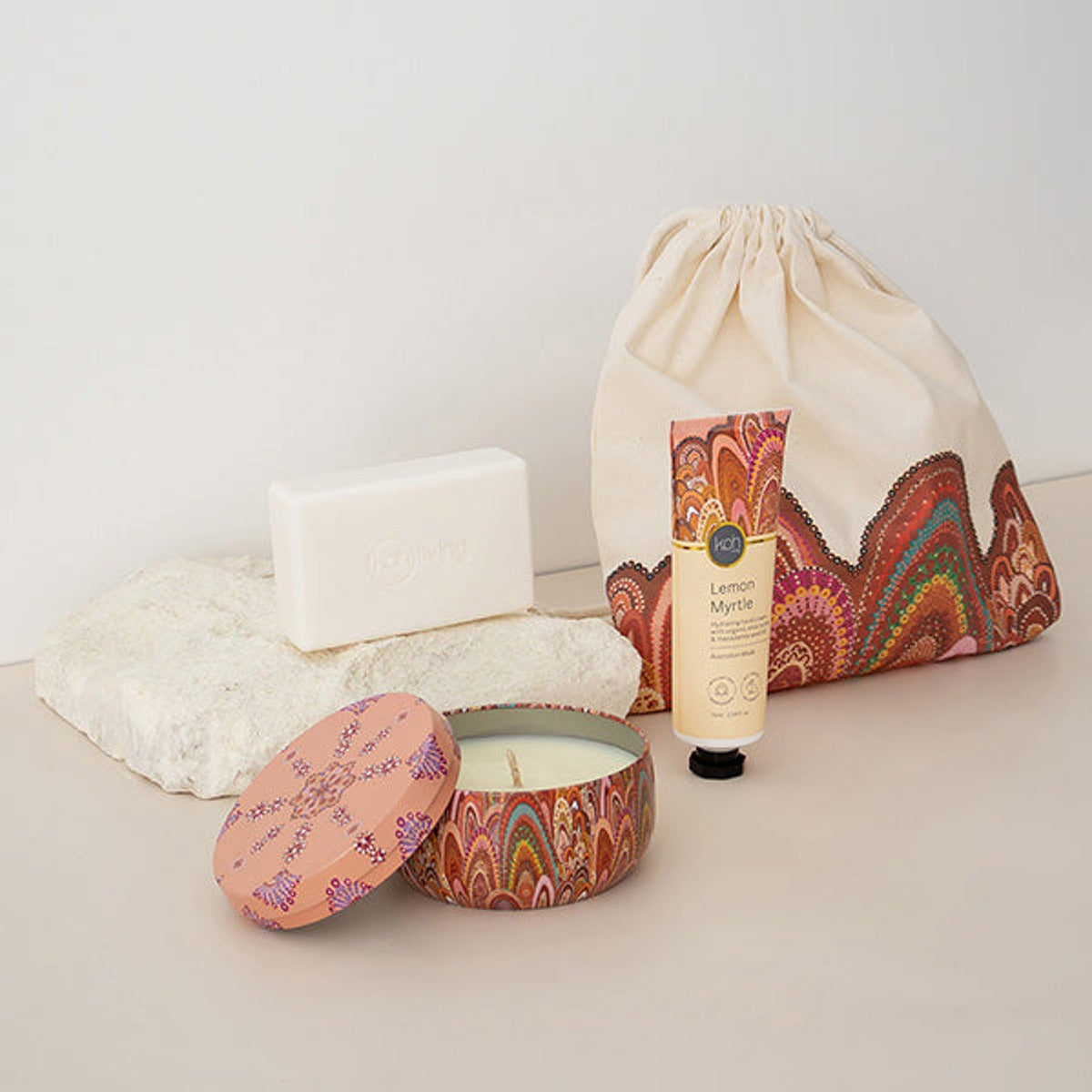


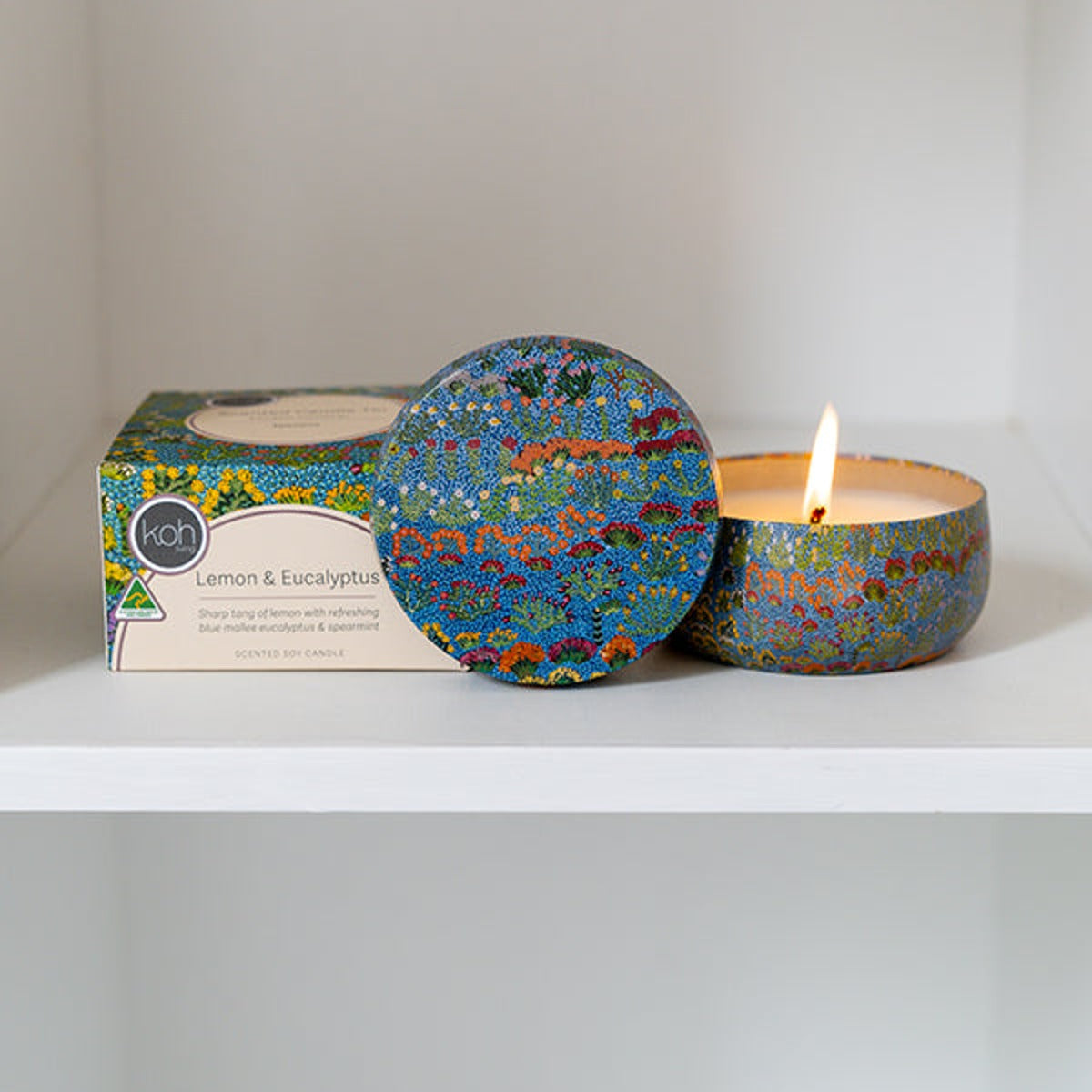
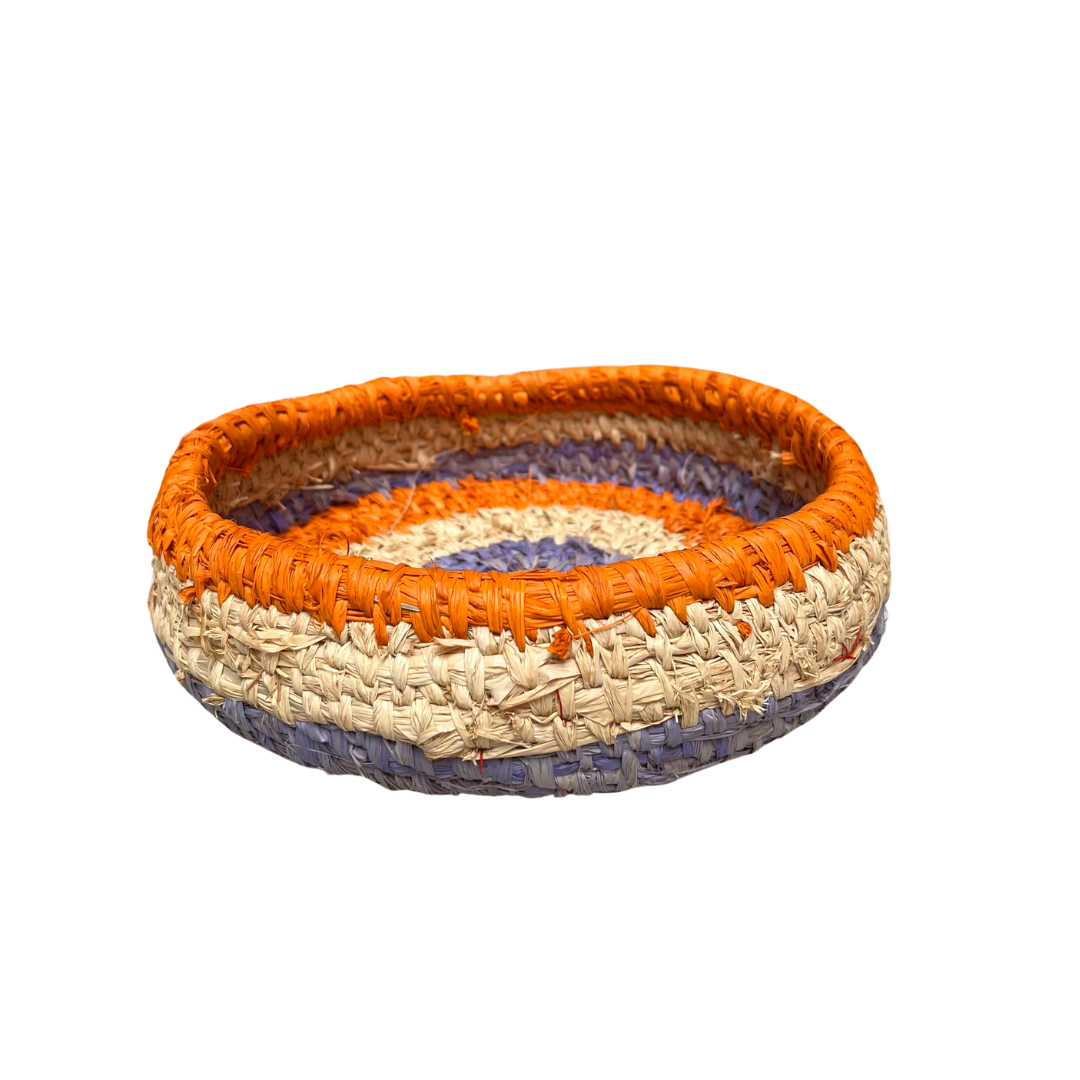
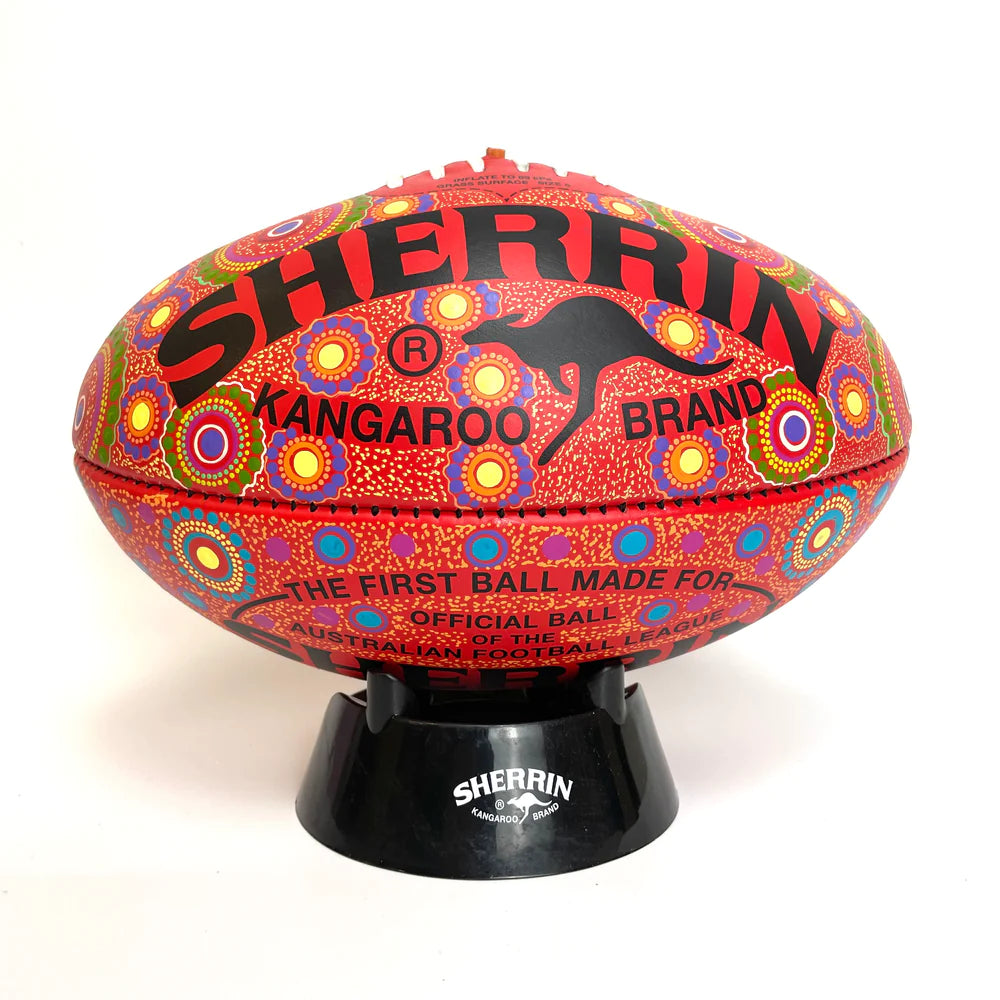
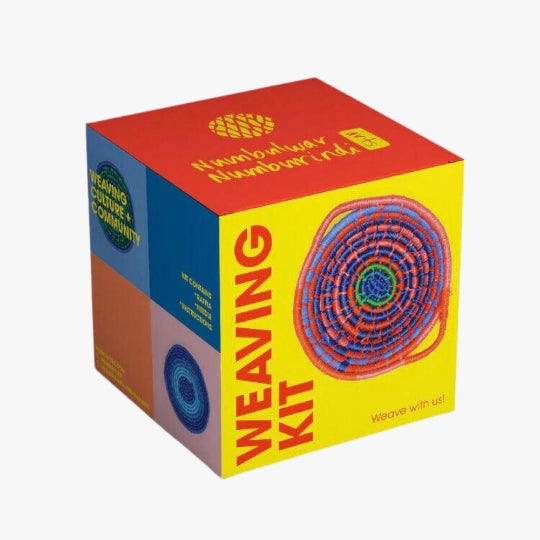


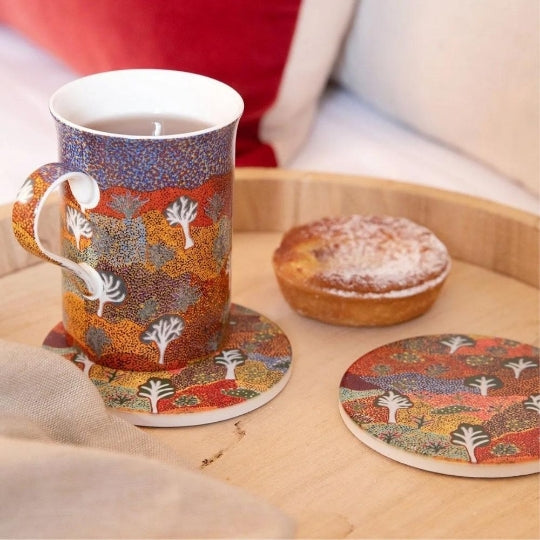
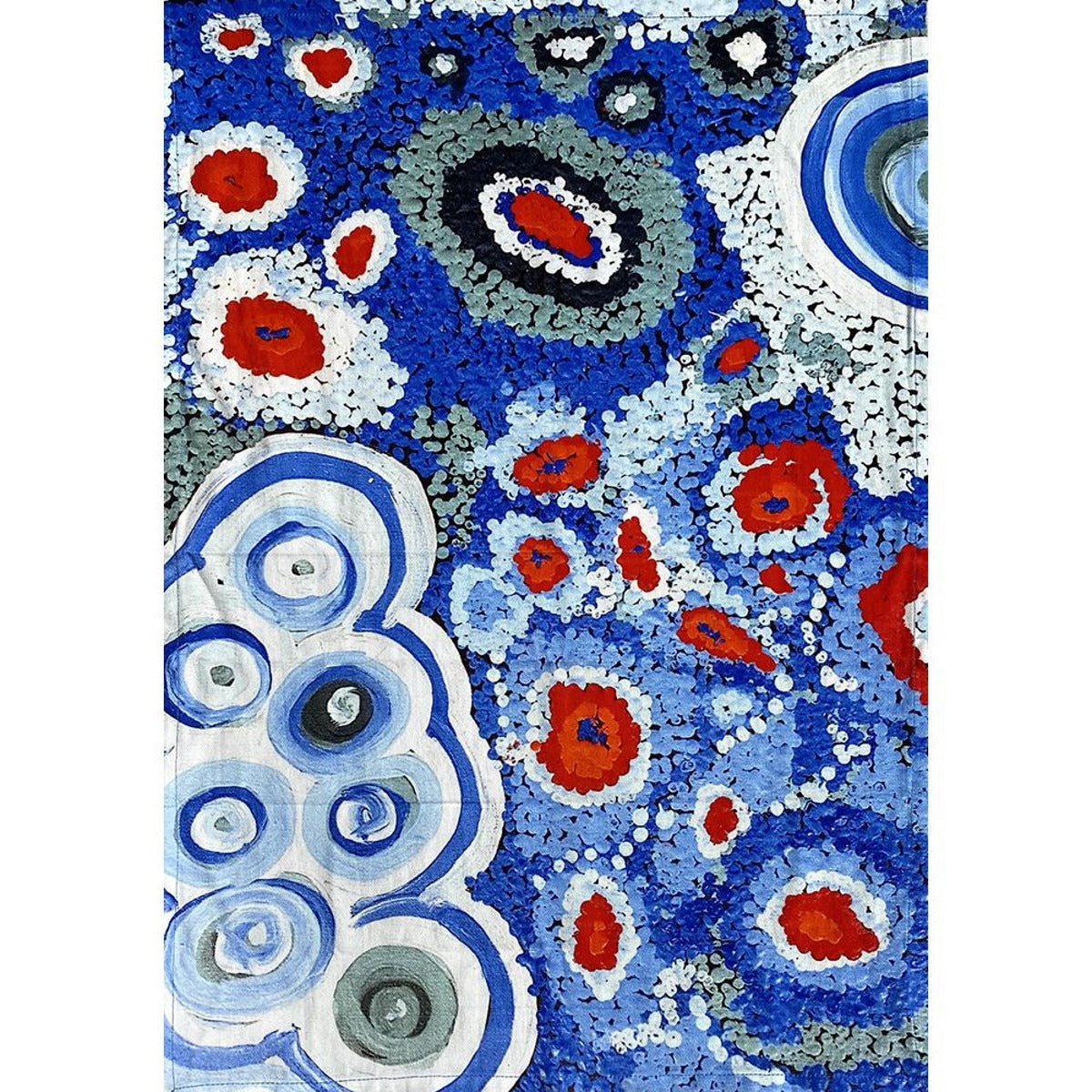

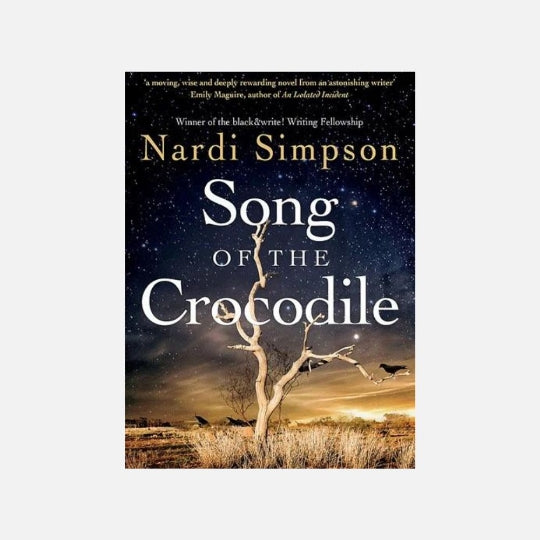
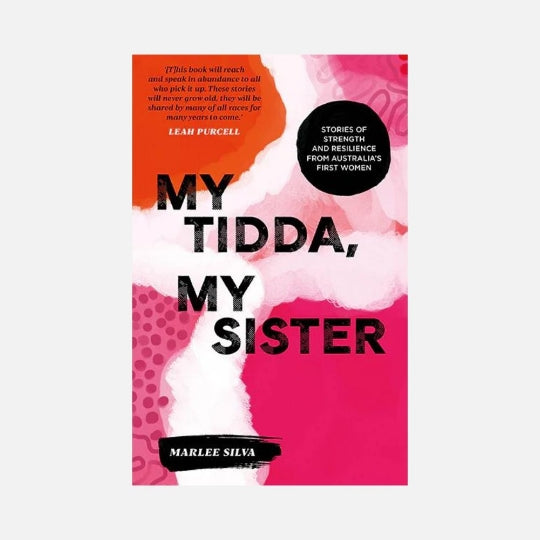
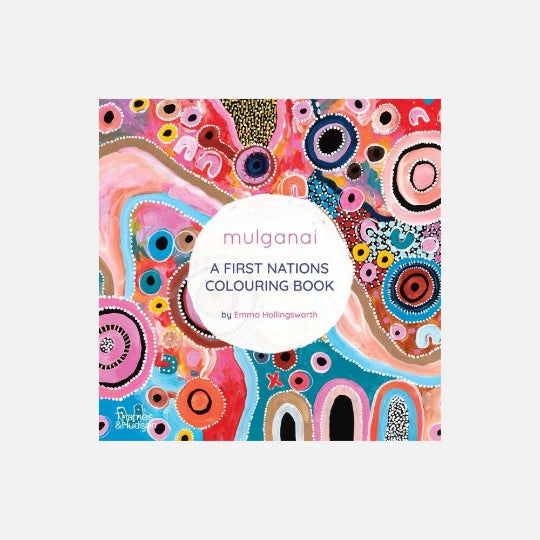



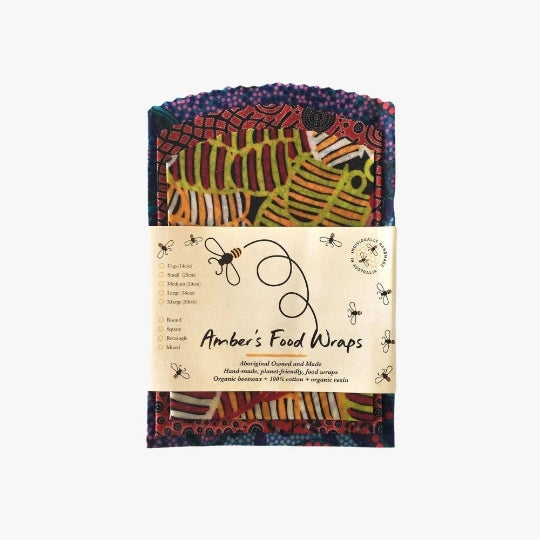







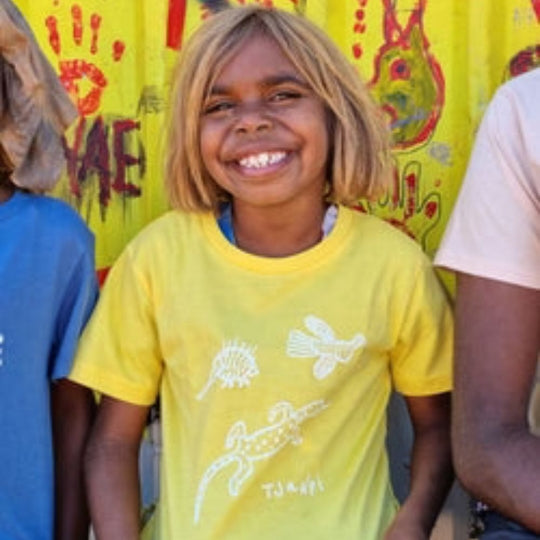
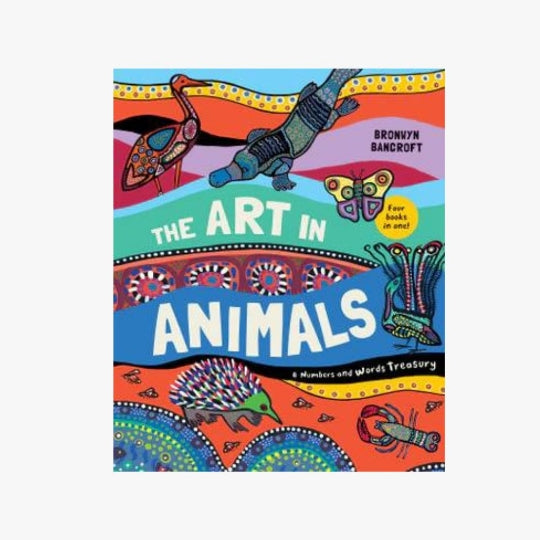

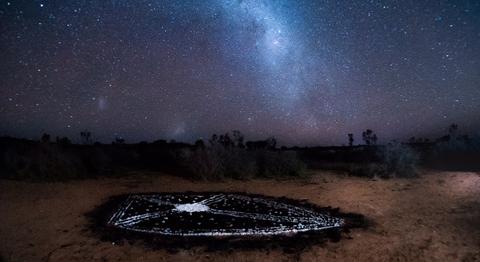
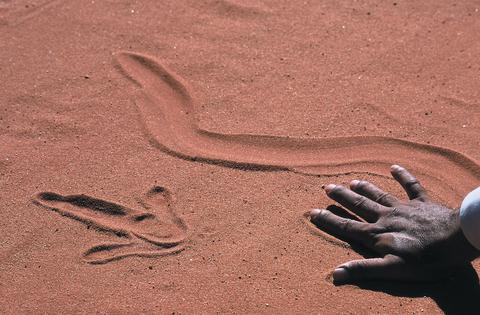
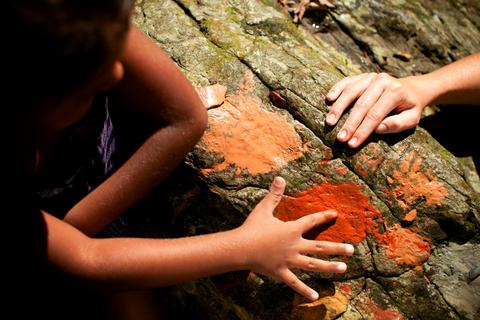

Leave a comment
This site is protected by hCaptcha and the hCaptcha Privacy Policy and Terms of Service apply.